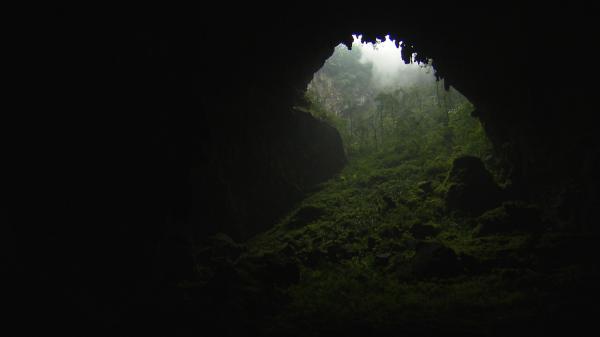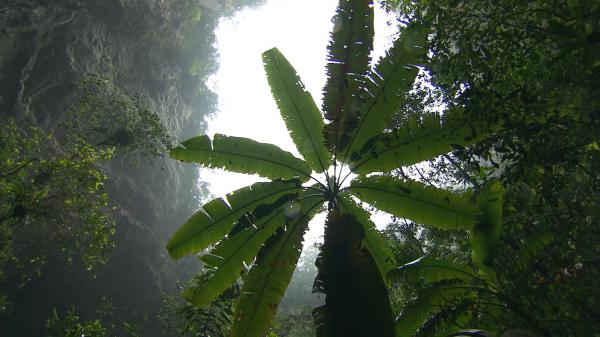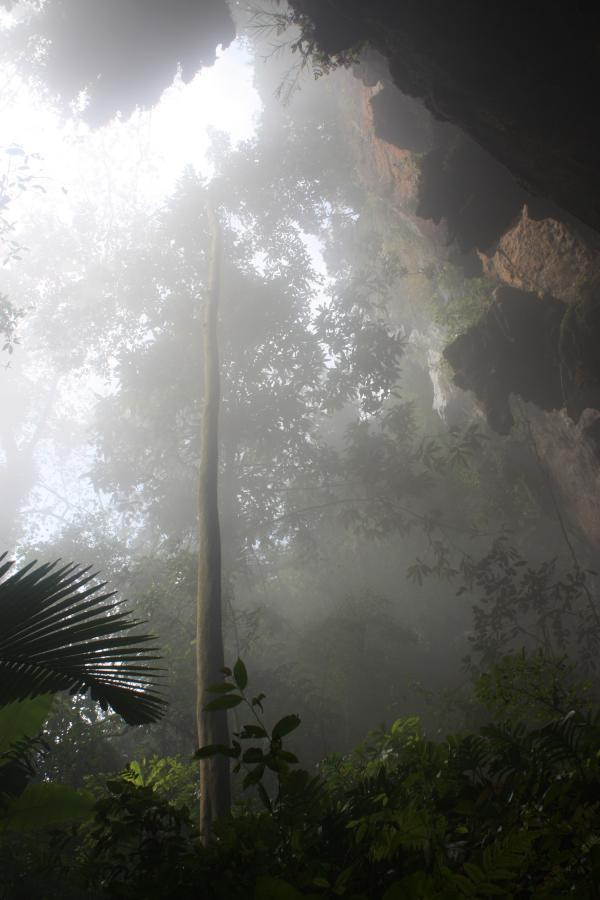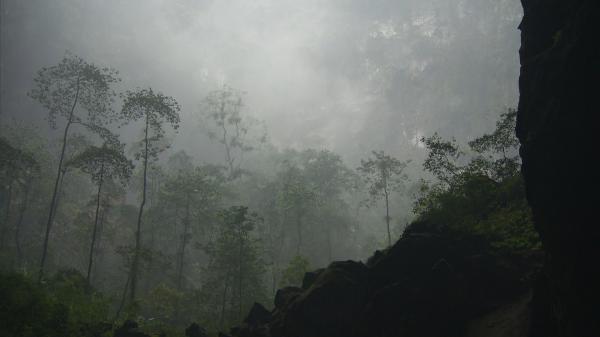It's a Jungle in There!


Deep within the dense Vietnamese jungle is the world's largest cave passage. Deep within it, other jungles are thriving.
The Son Doong cave measures 262 feet by 262 feet (80 meters by 80 meters) and is at least 2.8 miles (4.5 kilometers) deep, making it the largest single cave passage ever discovered, according to National Geographic News, where the discovery was announced. The massive passage is large enough to hold a half-mile-long block of 40-story buildings. [Related: Image Gallery: Amazing Caves Around the World .]
The dark trail that leads into the cave brought explorers to the massive cavern, where a several-hundred-foot wide sinkhole had opened in the roof. The hole let sunlight pour in and fueled the growth of the lush vegetation below, including typical jungle plants such as vines, ferns and palms.
The openings where mini-jungles have grown are known as dolines. They are filled with life, which has been buffered from the outside world by the cave. A second doline in the Son Doong cave has a hole in the roof as wide as the Superdome in New Orleans, according to a National Geographic Magazine article about the exploration of the cave.
The cave is also home to a noisy river, which scared away the locals who originally discovered the cave.
As spectacular as caves such as Son Doong are, they require only two basic ingredients to form : rock and water.
Any type of rock that can dissolve in water will do to form a cave, but gypsum, limestone, dolomite and even salt are common. Rainwater will seep into the tiny pores in the rock surface, or dribble in through cracks, and the slightly acid rainwater will dissolve the rock. Over tens of thousands even hundreds of thousands of years, this dissolving of rock will create the cave.
Get the world’s most fascinating discoveries delivered straight to your inbox.
At the Son Doong cave, the mini-jungles grew at spots where the limestone was weak and the roof caved in.
- World's Largest Cave Passage Discovered in Vietnam
- Image Gallery: Amazing Caves Around the World
- Explore the Underworld: Coolest Spelunking Trips
Reach OurAmazingPlanet staff writer Brett Israel at bisrael@techmedianetwork.com. Follow him on Twitter @btisrael.






